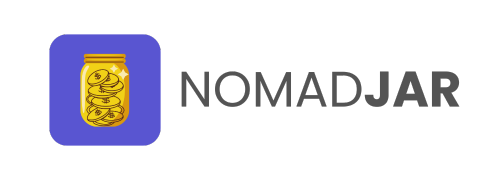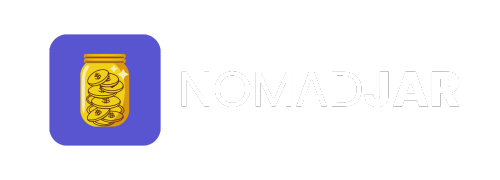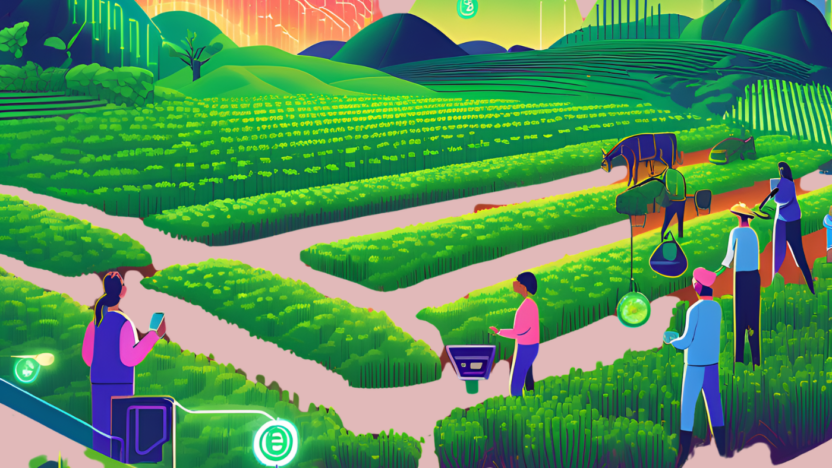What is Yield Farming and Staking?
Yield farming and staking are increasingly popular methods for earning passive income in the world of cryptocurrency. Both strategies involve leveraging your crypto assets to generate consistent returns over time. However, there are significant differences in their mechanisms. Yield farming is primarily focused on providing liquidity to decentralized finance (DeFi) protocols, while staking contributes to the security and functionality of blockchain networks.
Yield Farming Explained
Yield farming involves lending or staking your cryptocurrency within DeFi protocols to earn rewards. These rewards often come from transaction fees or newly minted tokens distributed by the platform. Yield farming is a dynamic process that allows users to maximize returns by moving their funds across different protocols.
Some of the most popular platforms for yield farming include Uniswap, Aave, PancakeSwap, and Curve Finance. Each platform offers varying annual percentage yields (APY), depending on the liquidity pools and token pairs involved. To make informed decisions, it is essential to compare rates, evaluate risks, and understand the tokenomics of each protocol.
How Does Yield Farming Work?
- Provide Liquidity: Deposit your cryptocurrency into a liquidity pool. These pools enable decentralized trading and support the ecosystem.
- Earn Rewards: Receive a share of transaction fees or newly issued tokens in exchange for your contribution.
- Compound Returns: Reinvest earned rewards back into liquidity pools to increase your overall yield.
Liquidity pools often require token pairs, such as Ethereum and USD Coin (ETH/USDC). These pairs help maintain the balance of the pool and facilitate smooth transactions.
In some cases, protocols incentivize farmers with additional rewards like governance tokens, which can further enhance profitability.
Risks of Yield Farming
While yield farming offers high returns, it comes with significant risks:
- Impermanent Loss: Price fluctuations in the tokens you’ve deposited can diminish your profits when compared to simply holding the tokens.
- Smart Contract Vulnerabilities: Errors or exploits in the underlying code of a protocol can lead to financial losses.
- Market Volatility: The cryptocurrency market is highly unpredictable, which can impact your returns.
To mitigate these risks, consider using audited protocols, diversifying your investments across multiple platforms, and staying informed about market trends.
Staking Overview
Staking involves locking your cryptocurrency in a blockchain network to support its operations, such as validating transactions and enhancing security. In return, participants earn rewards, typically in the form of additional tokens. Staking is a straightforward way to generate passive income with relatively low risk.
Popular staking options include Ethereum 2.0, Cardano (ADA), Solana (SOL), and Polkadot (DOT). Unlike yield farming, staking often provides fixed or predictable rewards, making it an appealing choice for those seeking stability.
How to Stake Cryptocurrency
- Choose a Platform: Select a reputable exchange or wallet, such as Binance, Coinbase, or Ledger.
- Select a Token: Research the available staking options and choose a cryptocurrency that aligns with your investment goals.
- Lock Tokens: Commit your tokens to a staking pool or validator node.
- Earn Rewards: Periodically receive staking rewards, usually distributed in the same cryptocurrency you’ve staked.
Some staking platforms have minimum deposit requirements or lock-up periods, so review these details carefully before proceeding. For those new to staking, platforms offering liquid staking options can provide greater flexibility by allowing you to access your funds without waiting for lock-up periods to end.
Legality of Yield Farming
The legality of yield farming varies by country and is influenced by regulatory frameworks governing cryptocurrencies and financial services. In some jurisdictions, yield farming is fully legal and operates within established crypto regulations. In others, it exists in a grey area due to unclear or evolving laws.
- Regulatory Compliance: Some governments require DeFi protocols to register or adhere to anti-money laundering (AML) and know-your-customer (KYC) regulations. Yield farmers may need to comply with these measures depending on their location.
- Tax Implications: Earnings from yield farming are often subject to taxes, including capital gains and income taxes. Ensure you understand the tax obligations in your country.
- Platform Legitimacy: Using unregulated or anonymous platforms can expose you to legal risks, especially if those platforms are involved in illicit activities.
To operate legally, always verify the compliance status of the platforms you use and consult local regulations. Additionally, keep records of all transactions to simplify tax reporting and demonstrate legal adherence.
Yield Farming vs. Staking
Here are the key differences between yield farming and staking:
- Returns: Yield farming often delivers higher APYs but comes with greater risks. Staking provides lower, more stable returns.
- Complexity: Yield farming requires active management and constant monitoring. Staking is more passive and beginner-friendly.
- Flexibility: Staking usually involves fixed lock-up periods, whereas yield farming allows for greater liquidity in some cases.
Choosing between the two depends on your financial goals, risk tolerance, and level of expertise. Yield farming suits investors aiming for high rewards and willing to accept higher risks. Staking is ideal for those seeking predictable, long-term returns.
Why Digital Nomads Should Care
For digital nomads, yield farming and staking provide excellent opportunities to earn passive income without geographic restrictions. These strategies align perfectly with the nomadic lifestyle because:
- Location Independence: Manage your investments from anywhere with an internet connection.
- Flexibility: No physical assets are required, and both methods suit remote living.
- Financial Growth: The expanding crypto market offers numerous ways to grow your wealth.
Additionally, the low-maintenance nature of staking and the high reward potential of yield farming can complement the often unpredictable income streams associated with freelancing or entrepreneurship.
How to Get Started
- Research Platforms: Look into trusted platforms with strong track records.
- Start Small: Begin with modest investments to minimize risks.
- Monitor Investments: Regularly check your rewards and market trends.
- Use Secure Wallets: Protect your funds with hardware wallets and enable two-factor authentication.
Experiment with both staking and yield farming to find what works best for your financial strategy.
Final Thoughts
Yield farming and staking are transformative financial tools in the cryptocurrency space. They offer digital nomads a way to earn passive income while embracing a flexible and mobile lifestyle. Yield farming provides high reward potential for those willing to navigate its complexities and risks. On the other hand, staking offers a simpler, more stable alternative for those looking to grow their assets steadily.
Ultimately, your choice should align with your risk appetite and financial objectives. With careful research and strategic planning, both options can significantly enhance your earning potential.
Disclaimer: This article is for informational purposes only and does not constitute legal, tax, or financial advice. Consult a qualified tax advisor for guidance tailored to your situation.





